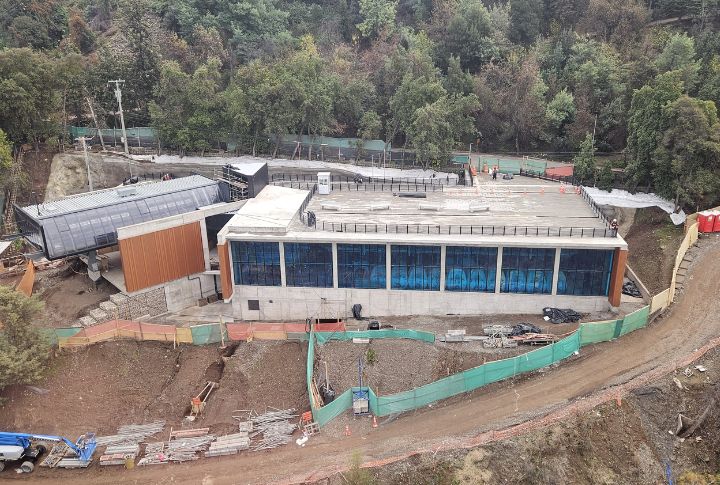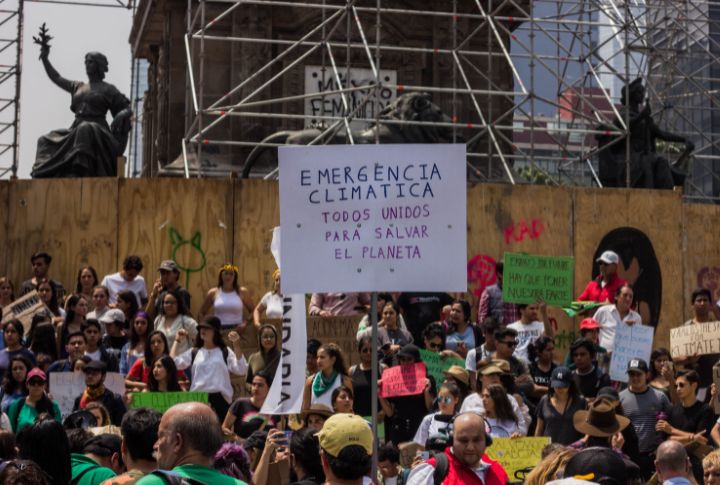
There’s been plenty of talk about Mexico stepping into China’s manufacturing shoes. Sounds exciting until you start digging into the fine print. The momentum looks promising on paper, but the foundation still needs serious work. Industry insiders know the real story doesn’t match the hype. Curious why the transition keeps stalling? Let’s run through the 10 major reasons.
Weak Infrastructure Slows Production Gains

Outdated roads and ports slow Mexico’s production timelines, causing delays across key factory zones. Power interruptions, though being addressed, still affect output. Despite plans to expand the freight rail network in 2025, it doesn’t yet match China’s coastal coverage. The 2023 World Bank index confirms that Mexico’s logistics still fall short.
Violence And Insecurity Deter Long-Term Investment

Persistent violence deters investment in parts of Mexico, especially high-risk states like Guerrero and Michoacan. Moreover, armed freight robberies rank among the worst in the Americas. Some automakers have exited due to safety concerns, while logistics teams increasingly depend on private security to ensure the safe movement of goods.
Limited Skilled Labor Pool Hampers Growth

Manufacturing growth depends on a skilled workforce, yet training programs in Mexico often fall short, forcing companies to retrain new hires. To fill critical roles, many firms rely on foreign supervisors. Meanwhile, China’s steady investment in STEM education gives it a lasting edge in both innovation and industrial output.
Corruption Slows Permits And Projects

Corruption continues to hinder industrial growth in Mexico, especially by delaying permits and infrastructure projects. This challenge is worsened by inconsistent regulations and lengthy approval processes across states. As bribery becomes a common workaround, legal complaints usually stall in court. In 2024, Mexico even ranked 140th in global corruption perception.
Unreliable Energy Supply Frustrates Factories

Mexico’s factories are making strides, but the power grid keeps dragging them down. Rolling blackouts still hit industrial zones, particularly during the high-demand summer months. To keep operations going, some companies now rely on private generators. The deeper issue? Old fossil fuel plants clog the grid, and clean energy faces political pushback.
Education Gaps Limit Workforce Development

Mexico’s manufacturing plans hit a wall when training starts from zero. Many rural schools still rely on outdated lessons and lack proper equipment. That leaves employers retraining most new hires just to meet basic technical demands. As vacancies stay open longer, China keeps pulling ahead with major investments in science education.
U.S. Dependency Discourages Diversification

Too much reliance on one customer limits growth. Mexico’s exports remain centered on U.S. demand, so any economic dip hits production fast. Some manufacturers even hold back from scaling up, lacking access to broader markets. China spreads its exports across Europe, Asia, and Africa, something Mexico still struggles to do, especially in Asia.
Environmental Concerns Block New Factories

Environmental issues are slowing factory growth in Mexico. Protests have stopped several major projects, which led to stricter government rules. These tougher regulations now affect where companies invest. Additionally, semiconductor firms face added pressure over water use. With longer approval times, some manufacturers have decided to cancel projects or leave entirely.
Political Instability Erodes Investor Confidence

Frequent political changes in Mexico are making investors uneasy. Each new administration introduces regulatory shifts that disrupt business continuity. Moreover, foreign companies face uneven contract enforcement, raising legal concerns. As a result, policy uncertainty with every election continues to erode confidence in long-term investment across key sectors.
Limited Scale Of Domestic Market Limits Demand

There’s potential in Mexico’s market, but scale remains a challenge. With fewer affluent consumers than in China, domestic sales offer limited lift. Manufacturers usually look abroad to grow, since local demand stays low outside big cities. For Mexico to rise, a broader, wealthier middle class must drive more internal consumption.
